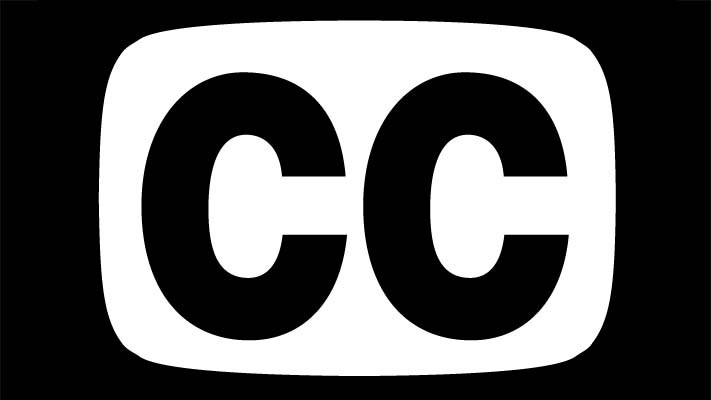RF EXPRESSRF Companies Reveal Their Transition Strategies
As the digital transition continues, it's apparent that the medium and small market stations are slowing down the whole industry. It's not that they're ignoring the FCC-mandated turn-on dates. It's more like they just can't afford to chunk out the capital expenditure needed for ramping up to a full power DTV transmission plant. The smaller the market, the smaller the budget, the greater the crunch.
Fortunately, last November the FCC opted for a rulemaking that extended some of the dates and allowed broadcasters in all markets to jump-start the DTV transition by implementing upgradeable low power transmitters. Transmitting lower power initially translates directly to a greatly reduced initial capital outlay. Since all major transmitter manufacturers have been prepared for this scenario, the editors of DigitalTV decided to focus this RF Express on the transition strategies proposed by the manufacturers. It quickly became apparent that, while there were ideas common to all, they differ sharply in their specifics. That led us to open the mic to the manufacturers to let them tell you in their own words how they would propose to walk you through the transition.
Aside from transmitters, there are many important RF-related new products that are designed to ease stations through the transition. Two that caught my attention at the NAB convention were Andrew and Dielectric. While not a transmitter manufacturer, Andrew was acutely aware that medium and small market stations not only needed budget relief for transmitters, but antennas and transmission lines as well. Keeping in mind that towers are also a consideration, especially when it comes to hanging antennas and transmission lines that could require tower replacement or modification, it took a hard look at where relief could come from.
Part of its response was the AL8 PLUS series of horizontally polarized UHF antennas. Using advanced Andrew TRASAR technology, the AL8 PLUS features an end-fed designed for maintenance-free operation. Designed to handle up to 10 kW of digital power (23 kW analog), the antennas provide ERP levels up to 450 kW (1 MW analog). But equally important, they are compact, lightweight, and minimize wind-loading. Combined with Andrew's HELIAX air dielectric transmission line and an Andrew mask filter, the AL8 PLUS can cost-effectively solve basic transmission problems right now.
Dielectric has teamed with American Express Financing to offer financing options on customer's complete DTV systems, including the tower and installation. It also offers the digiTLease program. This allows clients to select the transmitter and Dielectric components for a complete low power system that's financed at a rate that makes the transition look more like part of the operating budget, instead of a heavyweight capital expenditure.
At NAB2002, Dielectric also introduced a low power DTV mask filter that can handle up to 4 kW average, and a low power unitized filter that touts a constant impedance UHF mask filter, station load, and patch panel for input power levels up to 8 kW average. Other new and relevant products include the TFU-12DSB medium power UHF pylon for DTV ERP levels up to 460 kW; and the TLP-12 medium power UHF pylon for DTV powers up to 230 kW. Also new is the DL-8 single-channel UHF pylon for ERP levels up to 25 kW, and the TLS series 10-channel UHF stripline array available in 4, 8, 12, and 16-bay configurations. If you can accommodate 32-bay configurations, Dielectric's TLP Series antennas can handle 600 kW ERP, and the TFU-DSB, 1 MW.
Editor's note: Advertising in this issue was not a requirement for coverage.
Ron Merrell is executive editor of DigitalTV.
The professional video industry's #1 source for news, trends and product and tech information. Sign up below.
